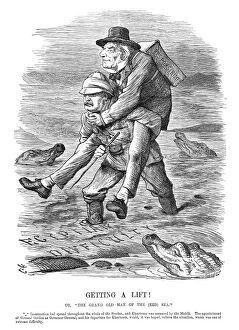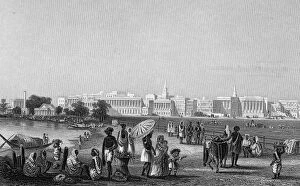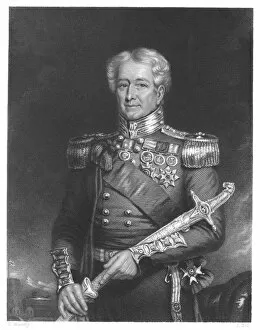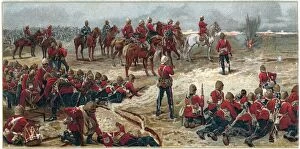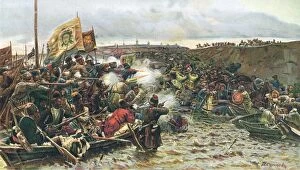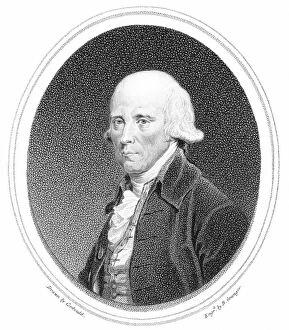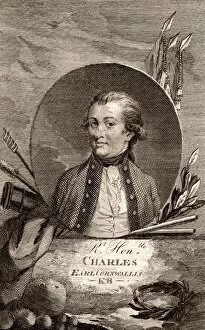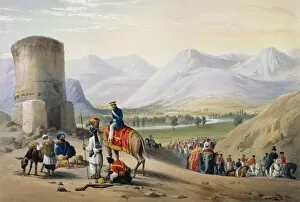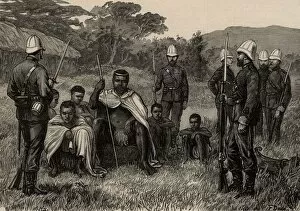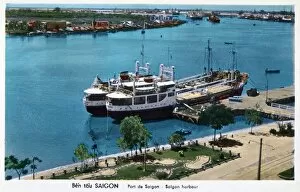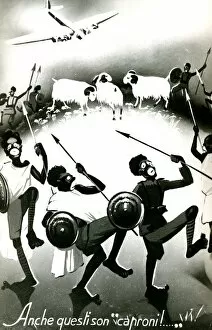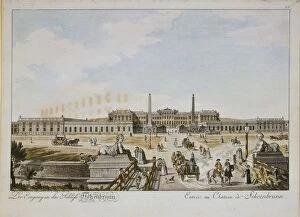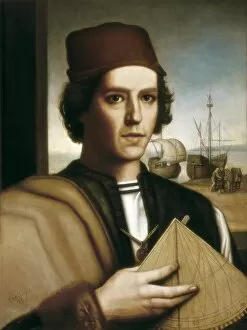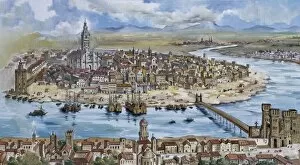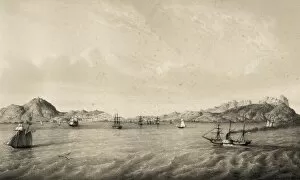Imperialism Collection (#55)
"Imperialism: A Global Phenomenon Shaped by Power and Ambition" The world map, adorned with the vast empires of yesteryears
For sale as Licensed Images
Choose your image, Select your licence and Download the media
"Imperialism: A Global Phenomenon Shaped by Power and Ambition" The world map, adorned with the vast empires of yesteryears, reminds us of the complex history of imperialism. From the Death to World Imperialism poster created in 1919 by Dmitriy Stakhievich Moor to Stonehenge's Longest Day, Wiltshire witnessed both ancient rituals and imperial conquests. The Treaty of Waitangi stands as a symbol of British colonial expansion into New Zealand, while the British Empire Marketing Board's Takoradi Harbour poster showcases their ambitious efforts to expand trade routes across the globe. Examining a British Empire Map from 1902 reveals an intricate web spanning continents, illustrating how imperialism extended its reach far and wide. The Zulu War Britannia in 1879 exemplifies one chapter in this narrative where Britain sought dominance over African territories. Edward VIII's hunting escapades capture a glimpse into the luxurious lifestyle enjoyed by those at the helm of imperial power. His encounters with Patailas and visits to Nepal demonstrate how imperialism intertwined with diplomacy and exploration during his reign. As we reflect on World War I, it becomes evident that imperialism played a significant role in shaping global conflicts. It fueled rivalries between nations vying for control over colonies and resources, leaving lasting scars on countless lives. Imperialism is not merely confined to historical events; it continues to shape our present-day world. Understanding its complexities helps us navigate through contemporary challenges arising from past legacies. Whether through grand empires or subtle influences exerted over time, it has left an indelible mark on human history. Exploring these hints - be it through art depicting resistance like Moor's poster or examining maps showcasing territorial ambitions - allows us to unravel this multifaceted phenomenon that shaped our world.


